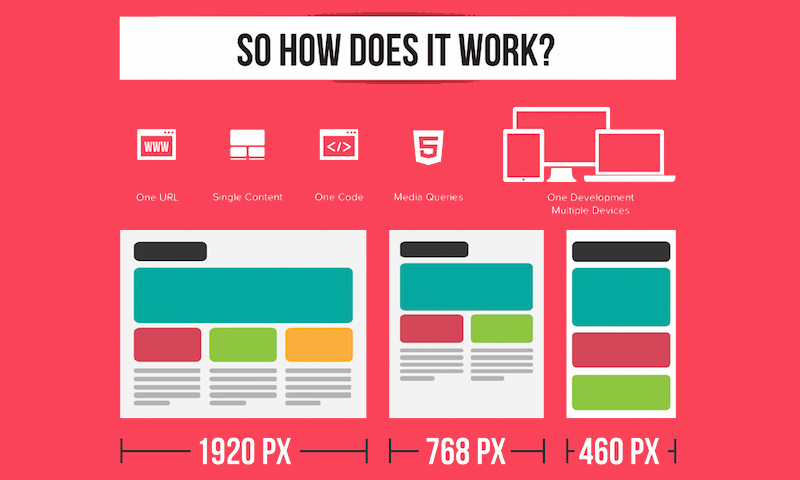Crucial Element Of Internet Site Layout: Methods For Developing An Accessible User Experience
Crucial Element Of Internet Site Layout: Methods For Developing An Accessible User Experience
Blog Article
see here -Abildtrup Skinner
When it comes to site design, ensuring user-friendliness is crucial. From receptive style to structured navigation, every element plays a crucial duty in developing a website that caters to your audience's demands. However what about the better details that can make or damage a customer's surfing experience? Stay tuned as we reveal some often-overlooked pointers that can boost your internet site's functionality to the next level, making it really stand apart in the digital landscape.
Significance of Responsive Style
Receptive design is an essential element of contemporary internet site advancement. Guaranteeing your site is responsive methods that it can adjust to various screen sizes and devices, supplying a smooth experience for customers.
With the increasing use of smart devices and tablets to access the web, having a receptive style is essential for reaching a larger target market. It assists in improving user experience by making your internet site simple to browse and read on any gadget.
Additionally, receptive style can favorably affect your online search engine positions, as internet search engine like Google prioritize mobile-friendly websites. By having a responsive design, you're likewise future-proofing your website, as brand-new gadgets with differing screen dimensions continue to arise.
Simplify Navigating Framework
To improve individual experience and promote easy access to details on your site, streamlining the navigation structure is paramount. When creating your site, focus on developing a clear and intuitive navigating menu that helps site visitors find what they're looking for swiftly.
Restriction the variety of food selection things to the essentials, organizing related web pages together to prevent frustrating users. Use descriptive labels that clearly show the web content of each web page, making it much easier for users to comprehend where each web link will certainly take them.
Consider carrying out dropdown menus for subcategories to prevent cluttering the primary navigating bar. Furthermore, include a search bar prominently on the page for users who choose searching for details info.
Focus on mobile responsiveness in your navigating layout to make sure simple access on all gadgets.
Optimize Page Load Speed
Improving page tons rate is important for preserving site visitors on your site. Slow-loading pages frustrate individuals and can lead to high bounce rates. To enhance Recommended Resource site , start by enhancing pictures. Press images without endangering high quality to decrease their file dimensions.
Additionally, allow web browser caching to save often accessed sources in your area, quickening load times for returning site visitors. Minify CSS, JavaScript, and HTML documents by removing unneeded characters, comments, and formatting, improving tons speed.
Take into consideration making use of a web content distribution network (CDN) to distribute your web site's material throughout numerous servers worldwide, decreasing latency for users accessing your site from various locations. Lastly, restrict making use of third-party scripts and plugins, as they can considerably influence lots times.
Conclusion
In conclusion, by including receptive design, simplifying navigation, and enhancing web page load speed, you can develop an user-friendly website that appeals to a larger target market and enhances customer experience. These essential elements make certain that site visitors can quickly gain access to and navigate your site throughout different devices, resulting in raised involvement and satisfaction. By focusing on these key elements, you can construct an effective web site that maintains users coming back for more.
